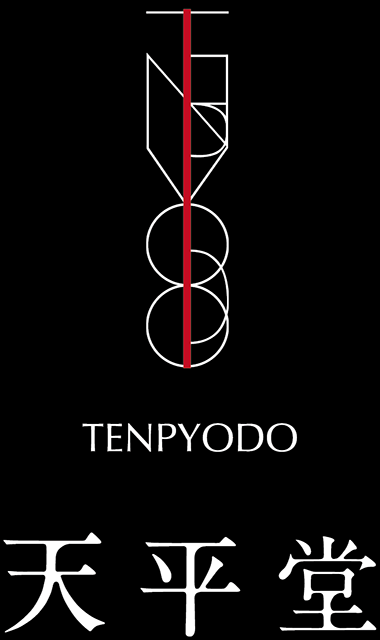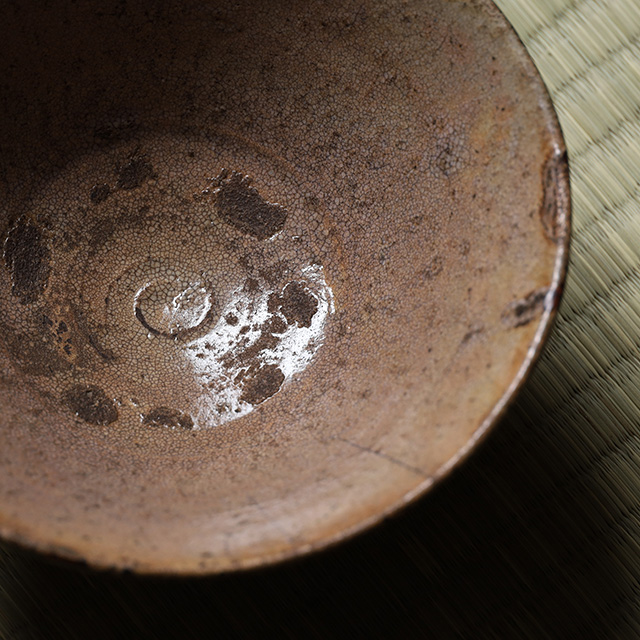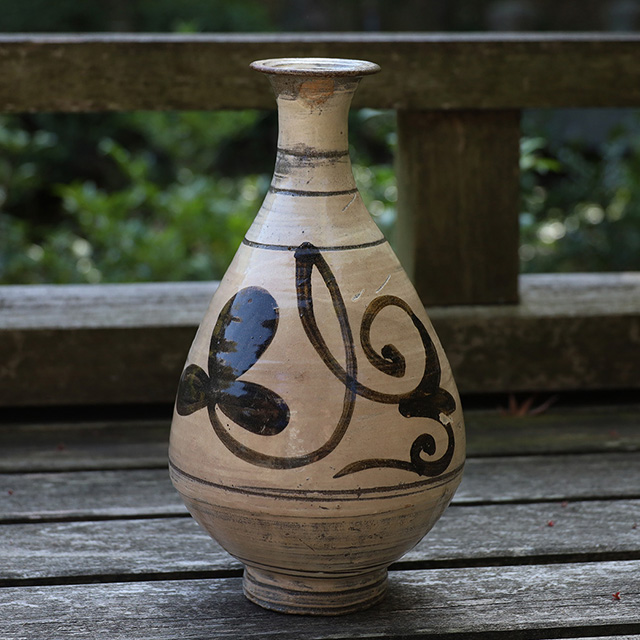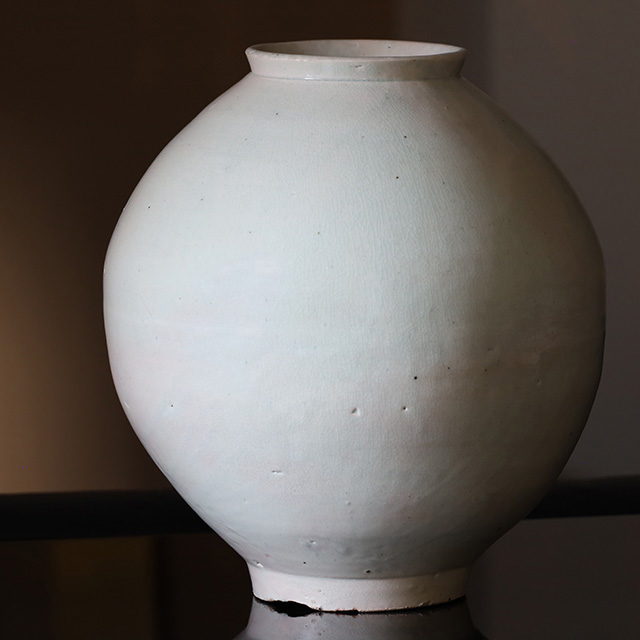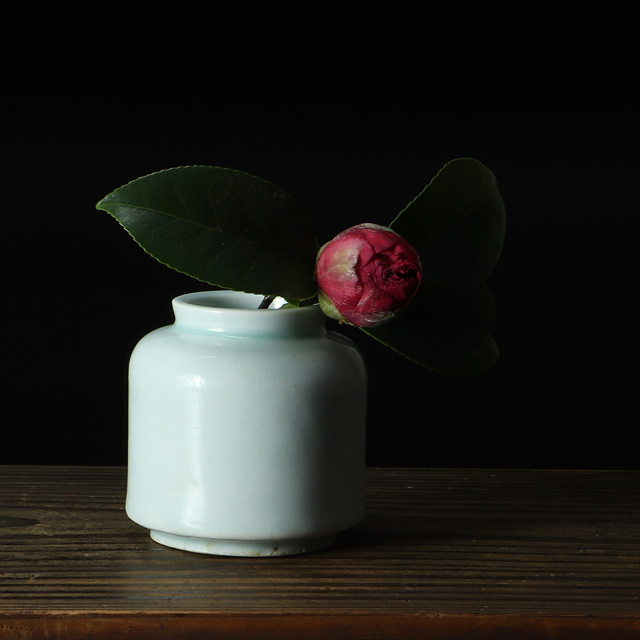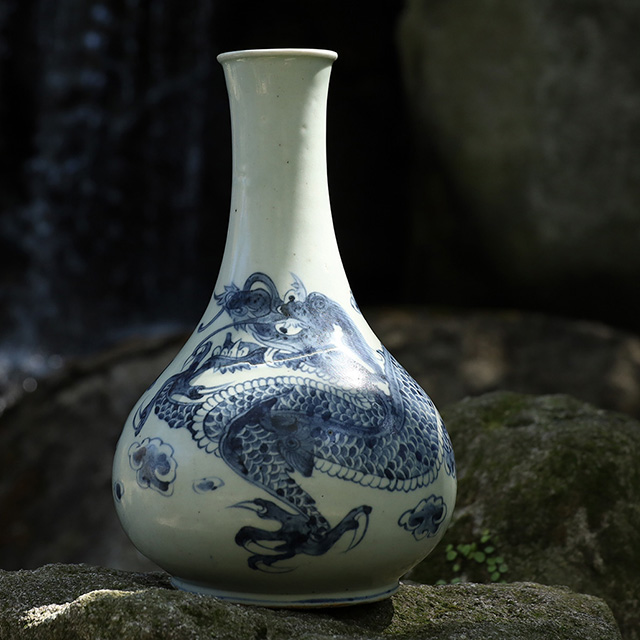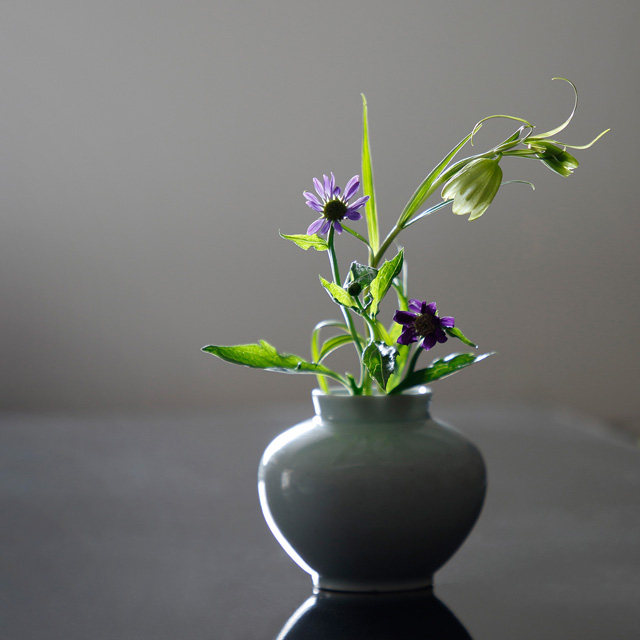Korean Antique
朝鮮古美術
Korean Antique
https://tenpyodo.com/en/product1/cat/korean-en/(Fine Arts ⇒ Korean Antique)
Joseon Dynasty
The Joseon dynasty was the last unified dynasty of Korea, founded by Yi Seong-gye in 1392 on the Korean Peninsula. The country’s name was adopted in 1393 after Yi Seong-gye requested recognition from the Ming emperor. The name “Yi Dynasty” has become established in Japan and has long been used. As Buddhism, which had flourished during the Goryeo dynasty, declined and policies to suppress Buddhism and revere Confucianism were promoted, the spirit of Confucianism became deeply ingrained as the code of conduct for people’s lives, and the ideals were to revere purity and innocence and to cultivate a simple, frugal spirit. As Confucianism spread, rituals were also held on a grand scale, from the imperial court to the general public, and white porcelain was highly valued for ritual vessels, as white was a pure and innocent color that symbolized holiness and simplicity. Decorations such as blue-and-white, iron glaze, and copper red glaze were created based on white porcelain, but under a system that valued frugality, colored decoration was never fired until the end. In 1897, after the Sino-Japanese War (1894-1895), the country’s name was changed to “Daehan.” After the Russo-Japanese War (1904-1905), it became a Japanese protectorate, and came to an end with the annexation of Korea in 1910. The brothers Noritaka Asakawa and Takumi had a deep understanding of and love for Yi dynasty ceramics and played a key role in bringing them to public attention in society. It was Muneyoshi Yanagi who became interested in them under their guidance.
Joseon White Porcelain
Joseon white porcelain, with its gentle expression and tranquil aura, represents the pinnacle of East Asian ceramic artistry. The rulers of the Joseon Dynasty held a profound reverence for white porcelain, embedding it deeply into the vessels of the royal court and government—mirroring the Confucian ideals of purity and moral integrity. Known as the “White-Clad People”, Koreans cherished the serene and compassionate beauty of white, embracing its many subtle variations: from hard ash-white and opalescent milky tones to bluish hues, each shade revealing a distinct character. This diversity transcends mere color, speaking to a deeper sensibility—one rooted in spiritual clarity and refined aesthetic sensibility.
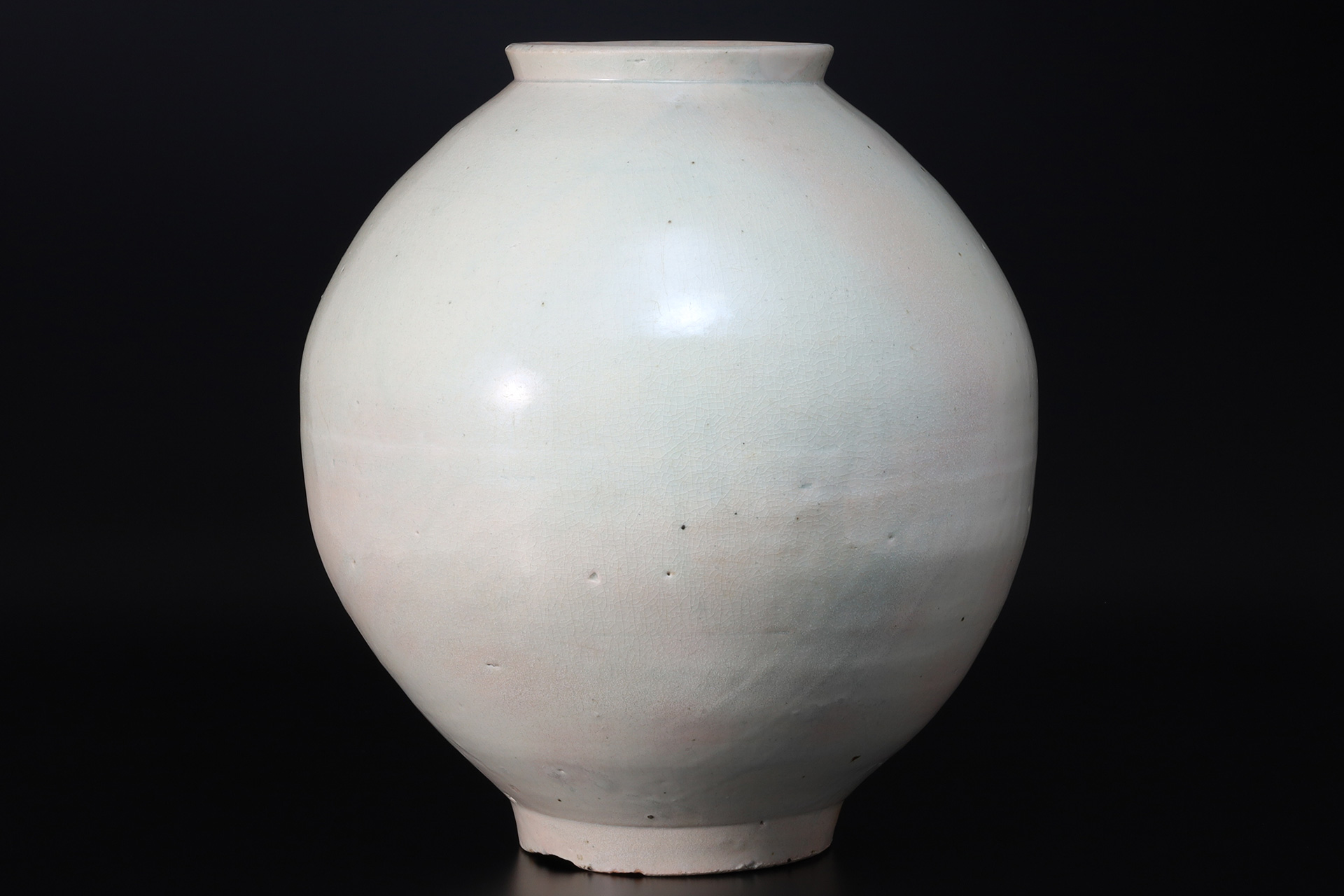
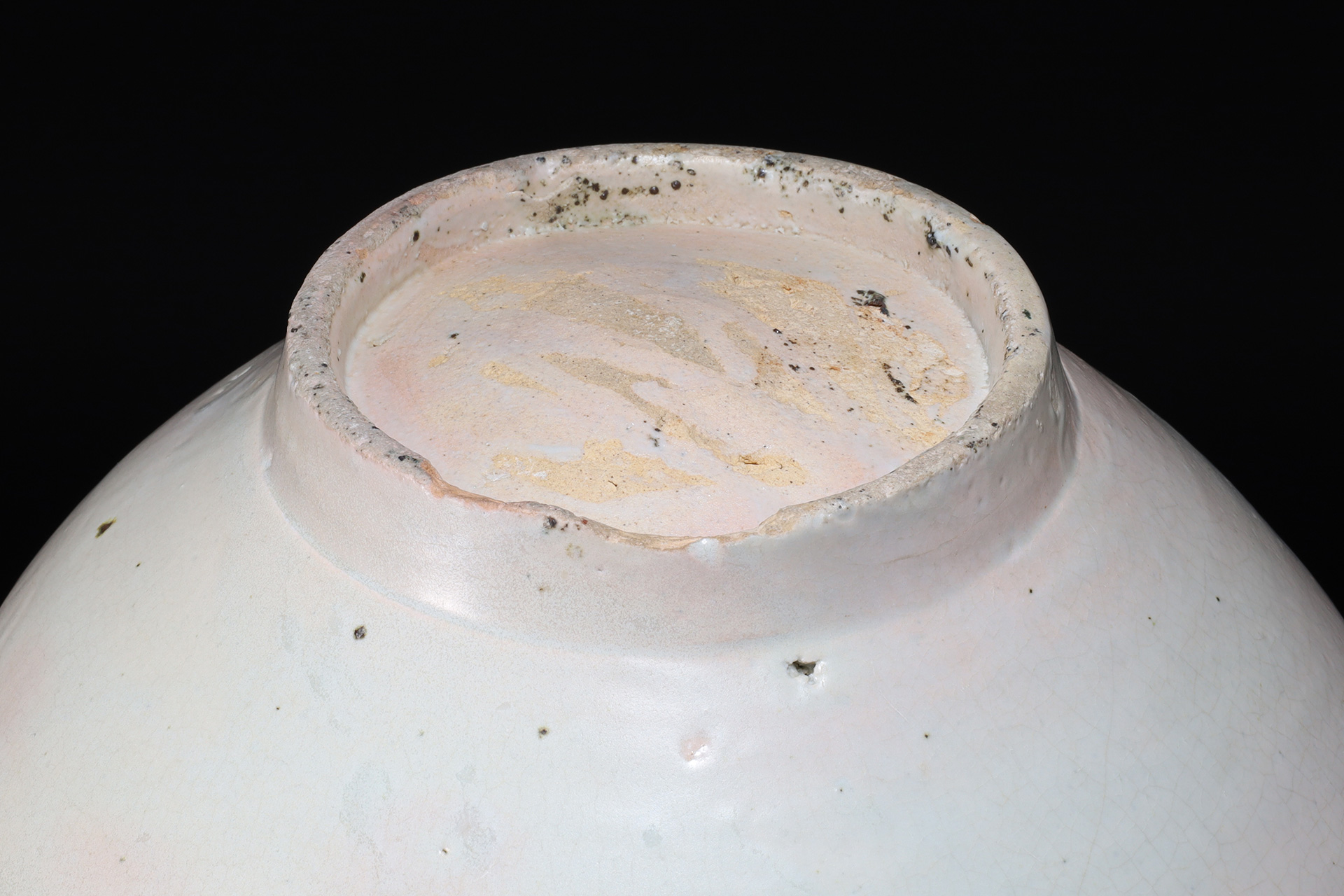
Late Joseon period Late 18th century (1752) -19th century
In 1752, the last official kiln of the Joseon Dynasty was relocated from Geumsa-ri kiln to Bunwon kiln. The subsequent period, lasting until 1883 when Bunwon kiln transitioned from an official kiln to a private one, is known as the late Joseon period—spanning approximately 130 years. Among the various official kilns established throughout Gwangju, Bunwon kiln was situated closest to the Han River, suggesting that logistical convenience for transporting materials and finished wares was a key consideration. During this time, the importation of cobalt pigment from China became abundant, leading to a flourishing of blue-and-white porcelain production. As the era progressed, the cobalt blue tones deepened, and brushwork grew bolder. Decorative motifs included a wide array of auspicious symbols such as the Ten Longevity Symbols, lotus flowers, peonies, cranes, bats, and Chinese characters. With the rise of blue-and-white porcelain, the use of iron-brown pigment declined, ushering in the vivid crimson tones of cinnabar. In the early phase of Bunwon kiln, some works rivaled the elegance of those from Geumsa-ri kiln. However, as national strength waned, the quality of clay bodies, shaping, and decoration became increasingly coarse. The official kiln’s fixed location provided a stable production environment, benefiting from the Han River’s vast waterway. At the same time, the expansion in output reflects the limitations of relying solely on local materials to meet growing demand. During this period, Bunwon kiln served not only as a supplier of wares to the royal court but also responded to the burgeoning private demand driven by economic growth. In fact, it is said that production for general consumers was prioritized over courtly wares. Bunwon kiln produced a wide variety of vessels—from ritual implements to everyday items—with remarkable technical skill. Its distinctive character was most evident in stationery items such as water droppers and brush pots, which were avidly sought by literati, as attested by historical records and surviving masterpieces. As vessel walls thickened, plates and jars came to feature deeply recessed bases as a result of thickened walls. In the latter half of the 19th century, Korea faced successive invasions by foreign powers including the United States, France, and Japan, plunging the nation into political turmoil. In 1883, Bunwon kiln was finally privatized, marking the close of an illustrious 500-year tradition of official kilns. Following privatization—during the final years of the Joseon Dynasty—the quality of ceramics deteriorated markedly, exhibiting signs of severe decline. White porcelain took on a grayish cast, and blue-and-white porcelain became even more intensely colored, often appearing purplish.
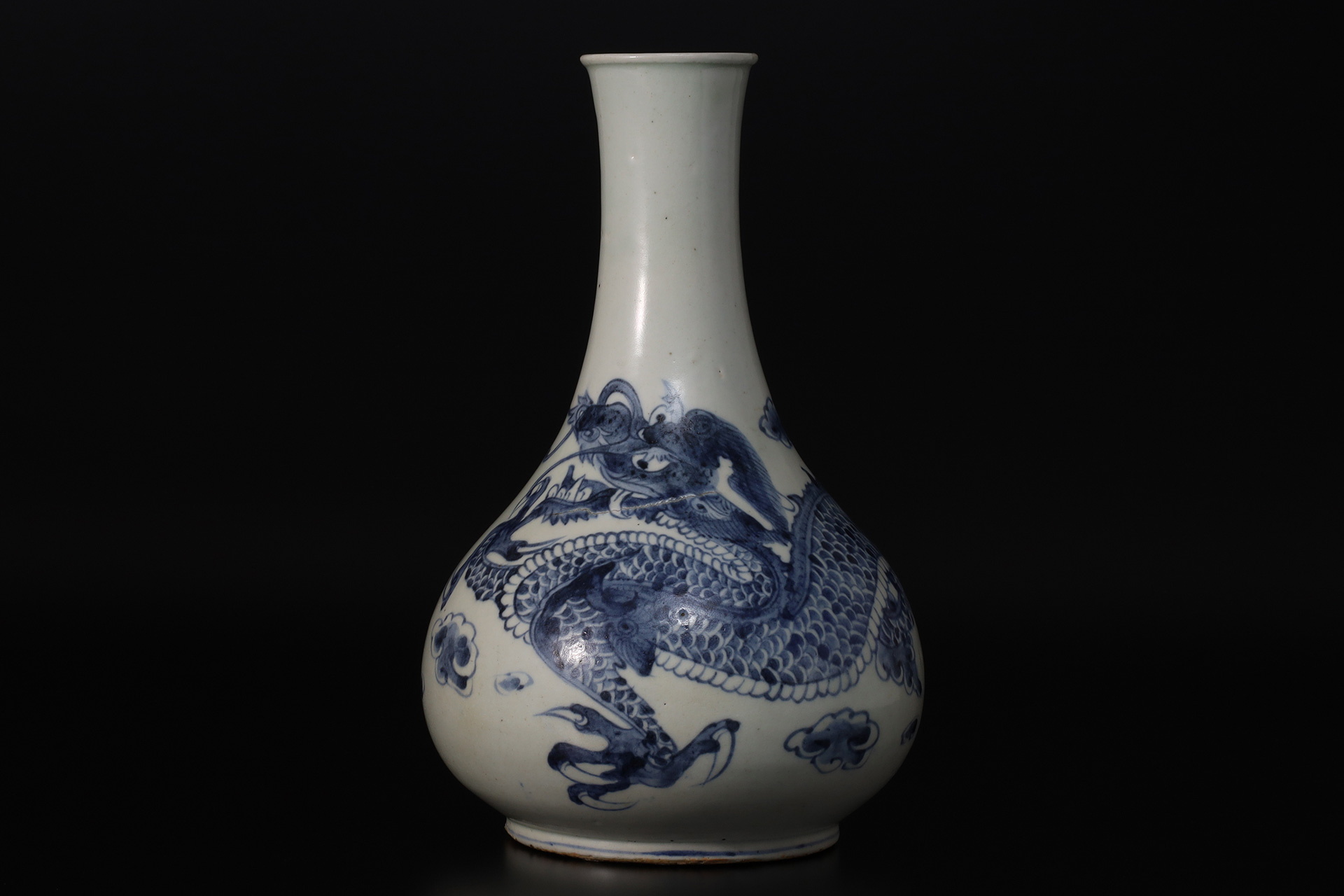
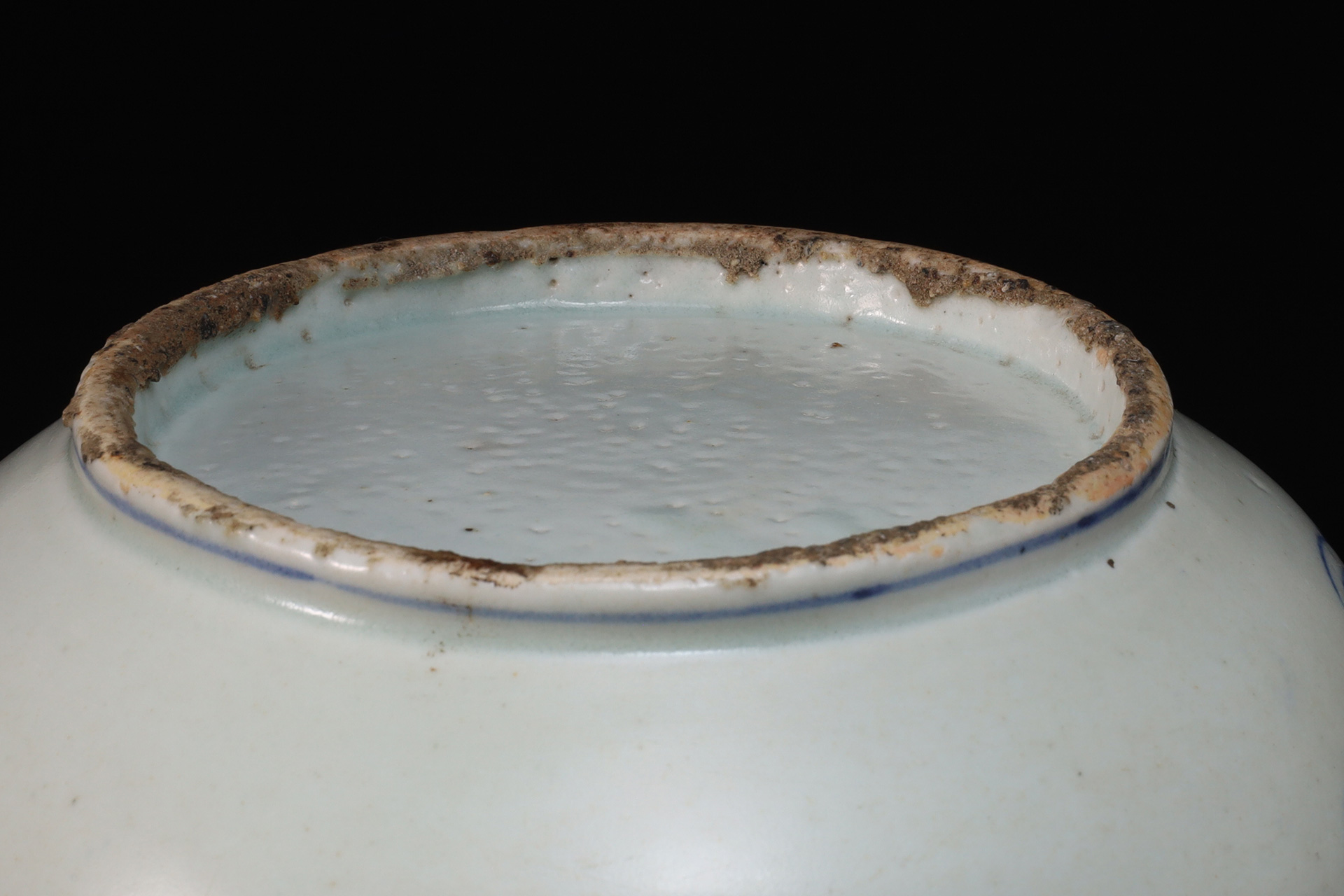
Ido
井戸茶碗とは高麗茶碗の一種です。
作行の相違から「大井戸」、「小井戸」、「青井戸」、「小貫入」等に区別されており、
井戸に準ずる一連の高麗茶碗は「井戸脇」と呼ばれています。
名称の由来については人物名や地名等の様々な諸説がありますが、
他の高麗茶碗と同様に定かではありません。
見所は大振りで腰の張った椀形、胴にめぐる轆轤目、深い見込み、溶着を防ぐ為の目跡、
高い竹節高台、高台内に立った兜巾、貫入の見られる枇杷色の釉薬、
高台回りに釉薬が結露のように集まって生じた梅花皮等ですが、
これらの諸条件を全て備えた茶碗は少ないです。
焼成された窯の所在や年代等の確証は定かではありませんが、
15~16世紀頃に慶尚南道付近の民窯で焼成された物と推測されています。
「一井戸、二楽、三唐津」と謳われるように高麗茶碗の最高位とされており、
古くから賞翫されてきた為か日本に伝来する井戸茶碗の数は比較的多いです。
村田珠光や千利休によって侘び茶が大成される中で高麗茶碗の受容は進んでいきますが、
中でも井戸茶碗は室町~桃山時代にかけて日本に請来され、
無作為の姿形や景色が侘びの茶風に適うものとして格別の存在になっていきました。
大らかで枯淡な美を見出して茶の湯に取り上げた茶人達の見立ての眼力や執着には、
並々ならぬものがありました。
16世紀末の天正年間末期には既に天下一の評価を受けていたとされ、
それだけに大名家の所蔵品に帰する物も多く、
所有者の名前を銘とする井戸茶碗が多いのも頷けます。
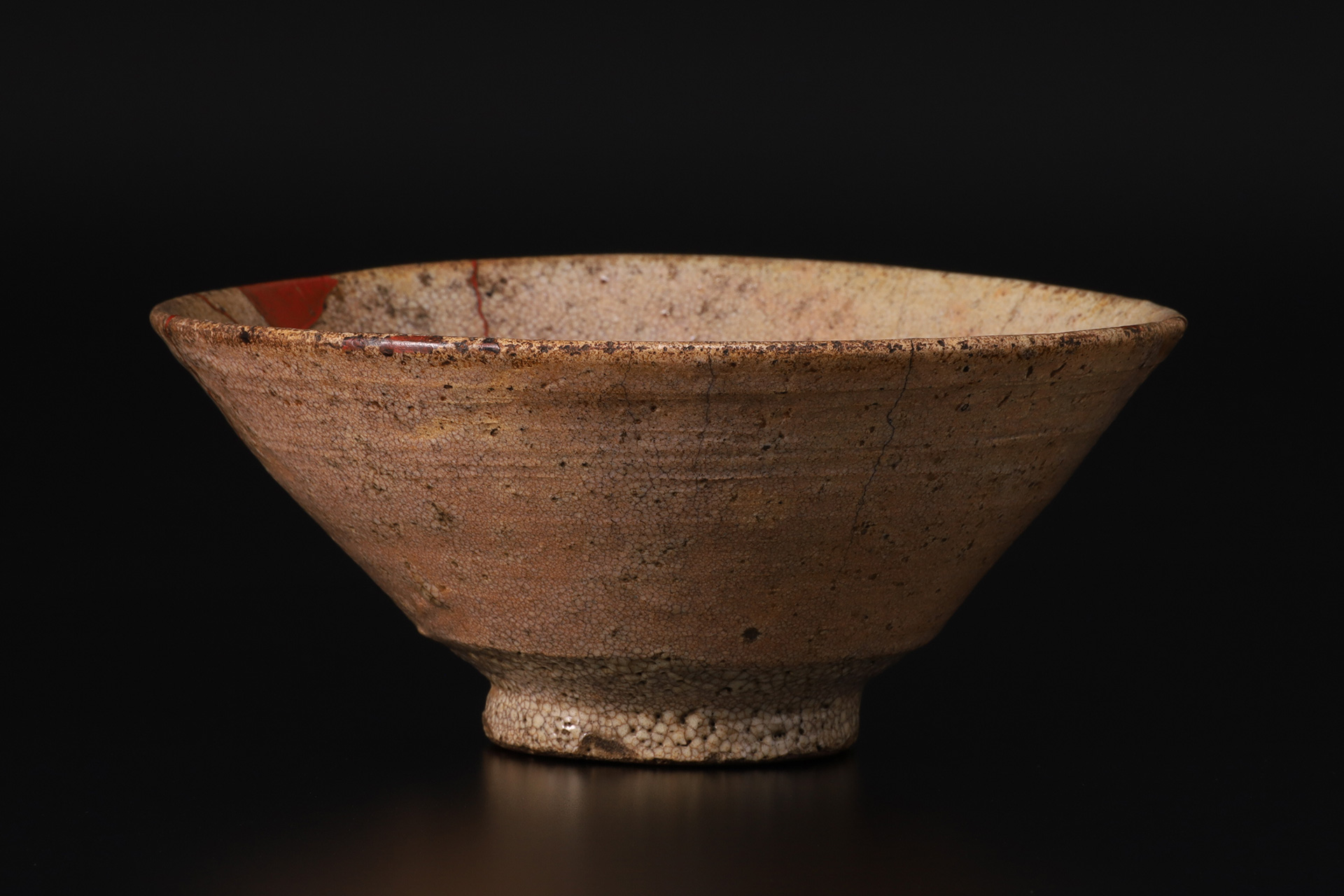
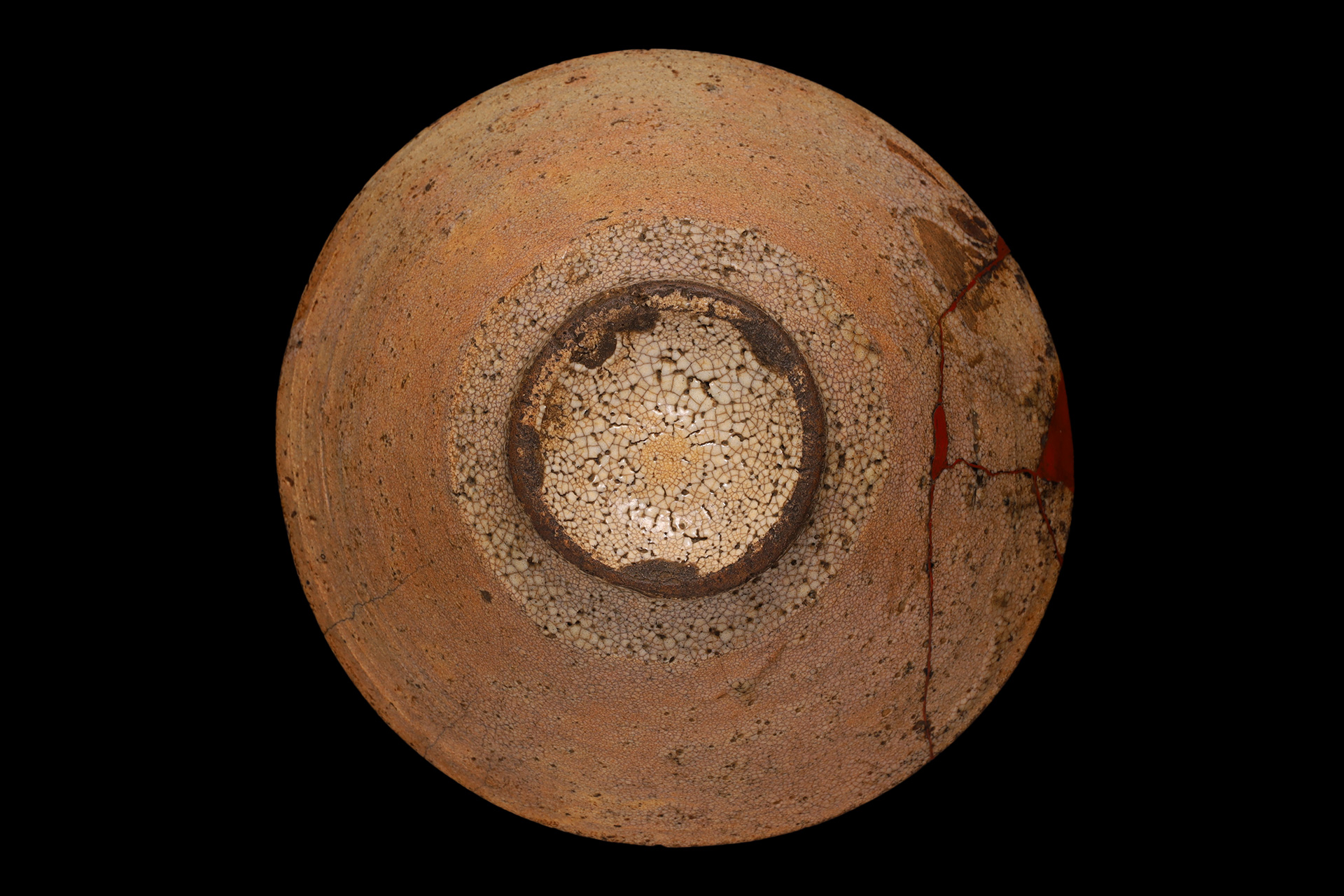
Gyeryongsan
Gyeryongsan is a celebrated peak rising in Gongju, Chungcheongnam-do, Korea, its distinctive ridgeline evoking the form of a rooster’s crest and a dragon’s head. Across the mountain’s foothills lie numerous ancient kiln sites, where, from the 15th to 16th centuries, buncheong ware was produced using iron-rich clay coated with brushed white slip and adorned with freely executed iron-painted designs. These works have long been collectively known as “Gyeryongsan” ware and are today held in high esteem worldwide. A wide range of techniques—Mishima inlay, hakeme, white ware, black glaze, and more—was developed, and vessel forms include bowls, dishes, bottles, and jars. The first full-scale archaeological investigation was conducted in 1929 by Sozo Kanda and Ken Nomori, followed by a reinvestigation in 1992–93 by the National Museum of Korea and the Hoam Art Museum. These findings have become foundational materials for the study of buncheong ware.
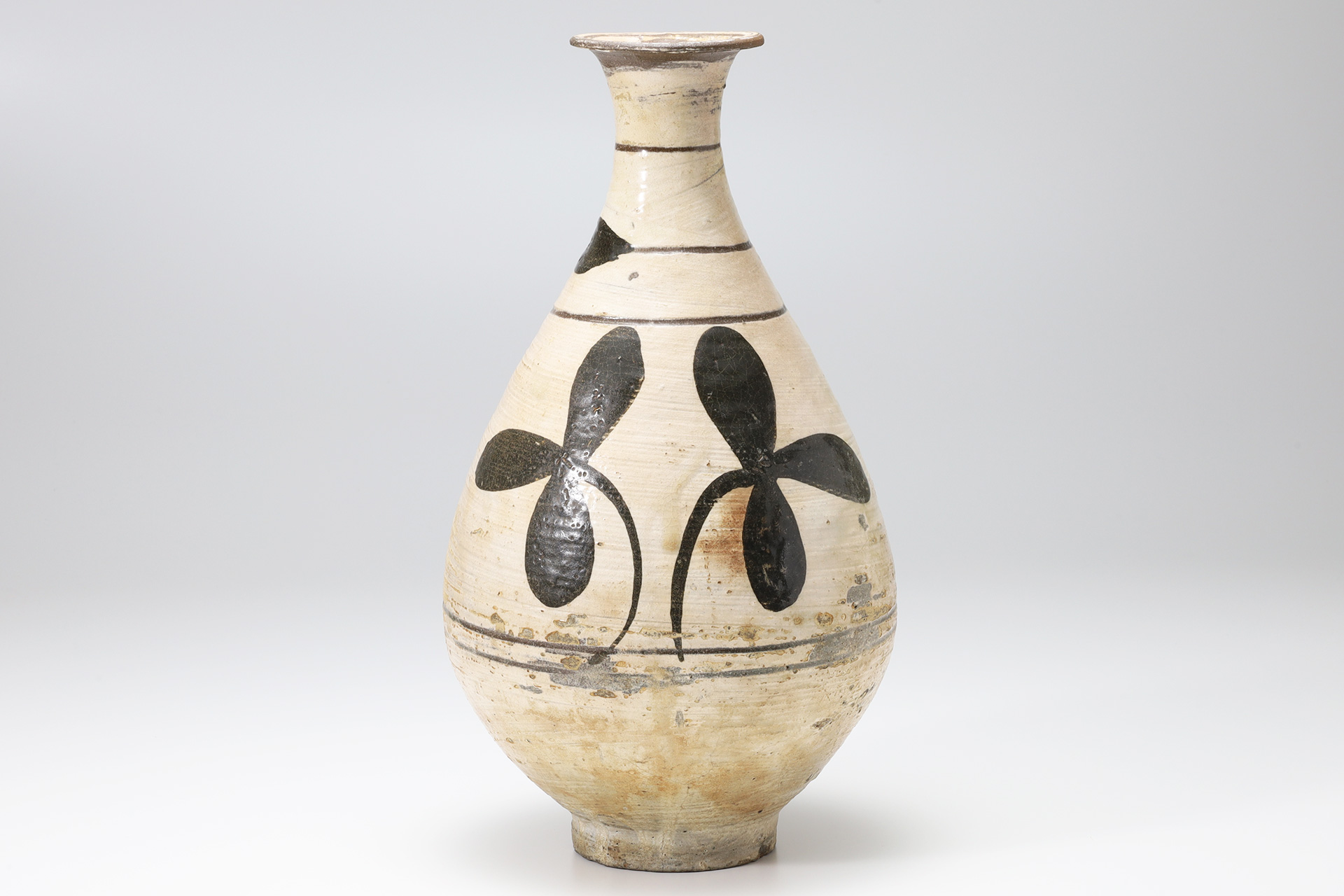
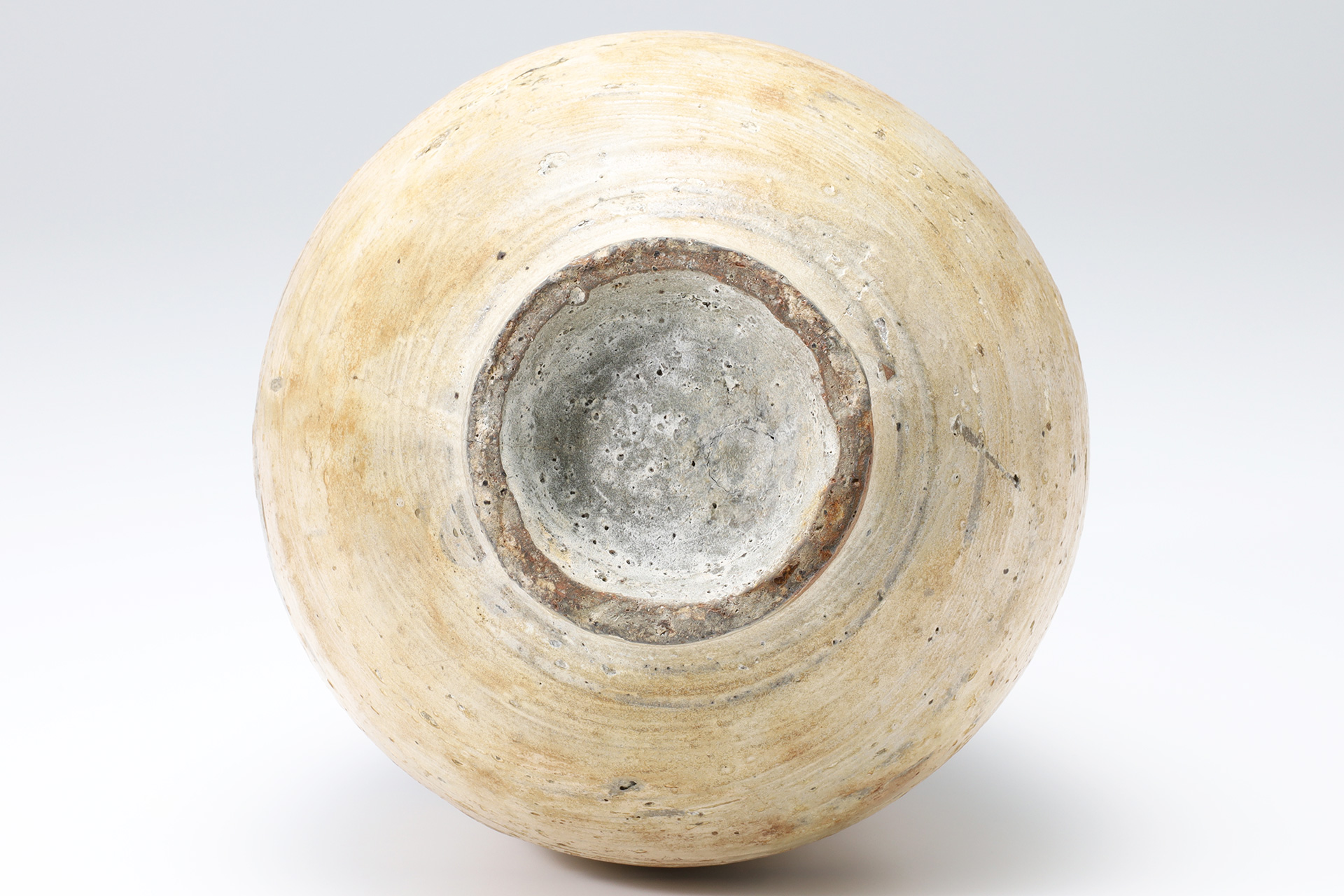
Kohiki
Kohiki is a type of korean pottery made by dipping a base with a high iron content in white mud, then covering the entire work with a transparent glaze and firing it. It was fired mainly in the 15-16th centuries. Unlike muji-hakeme, the entire surface, including the base and surrounding area, is covered with white mud, and the soft glaze on the surface gives it the appearance of being powdered, hence the name. The unique stains and spots known as “Amamori” that develop over many years of use are admired in japan, and the “Hima”, where the base color is revealed through the white mud, is one of the highlights. The tea bowl, sake bottle, and sake cup are highly sought after and highly prized. “Miyoshi(owned by Mitsui Memorial Museum)”, “Matsudaira(owned by Ebara Hatakeyama Museum of Art)”, and “Sohaku(owned by Ishikawa Prefectural Museum of Art)” are famous tea bowls.

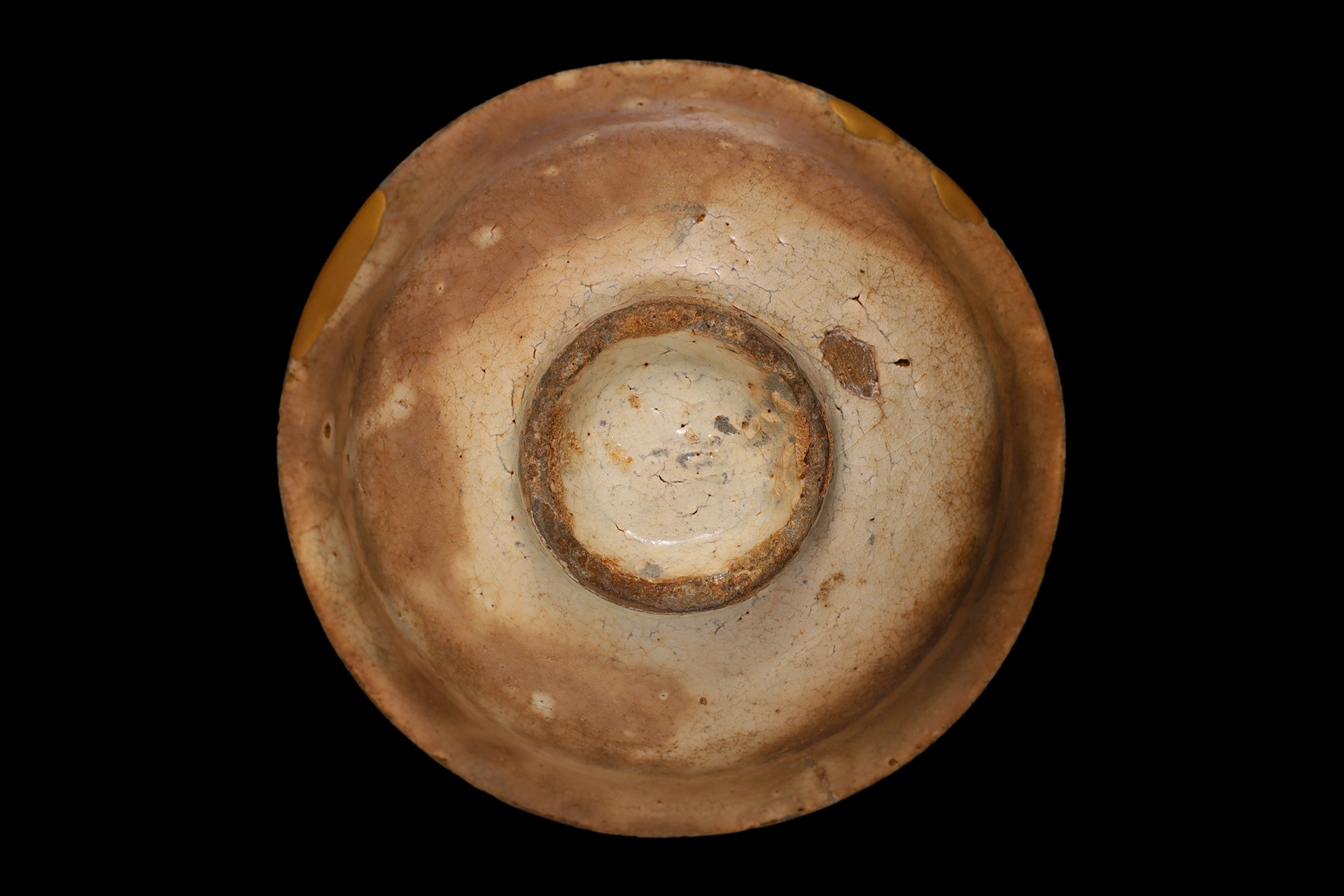
Mishima
Mishima is pottery with an inlay design. There is a strong theory that the name “Mishima” is derived from the fact that the inlay design resembles the character layout of the mishima calendar of mishima taisha shrine(shizuoka prefecture). There is also a theory that it was named after the fact that it was imported via Mishima. Inlaid celadon, which flourished during the goryeo dynasty, gradually declined, and in the 15th century, as if reflecting a new era after Yi Seong-gye founded the joseon dynasty in 1392, it changed to the style that made full use of inlay techniques. While the base is still soft and dry, designs are created using intaglio or flower stamps, and white clay is then embedded. The white inlays expressed on the base material containing a lot of iron give a sense of elegance, and have a quiet dignity that is modest yet gorgeous. Depending on the design and technique, it is classified into koyomide, hana-mishima, reihin-mishima, hori-mishima, hake-mishima, gohon-mishima, etc, and its pure taste and warmth have been cherished by japanese tea masters.
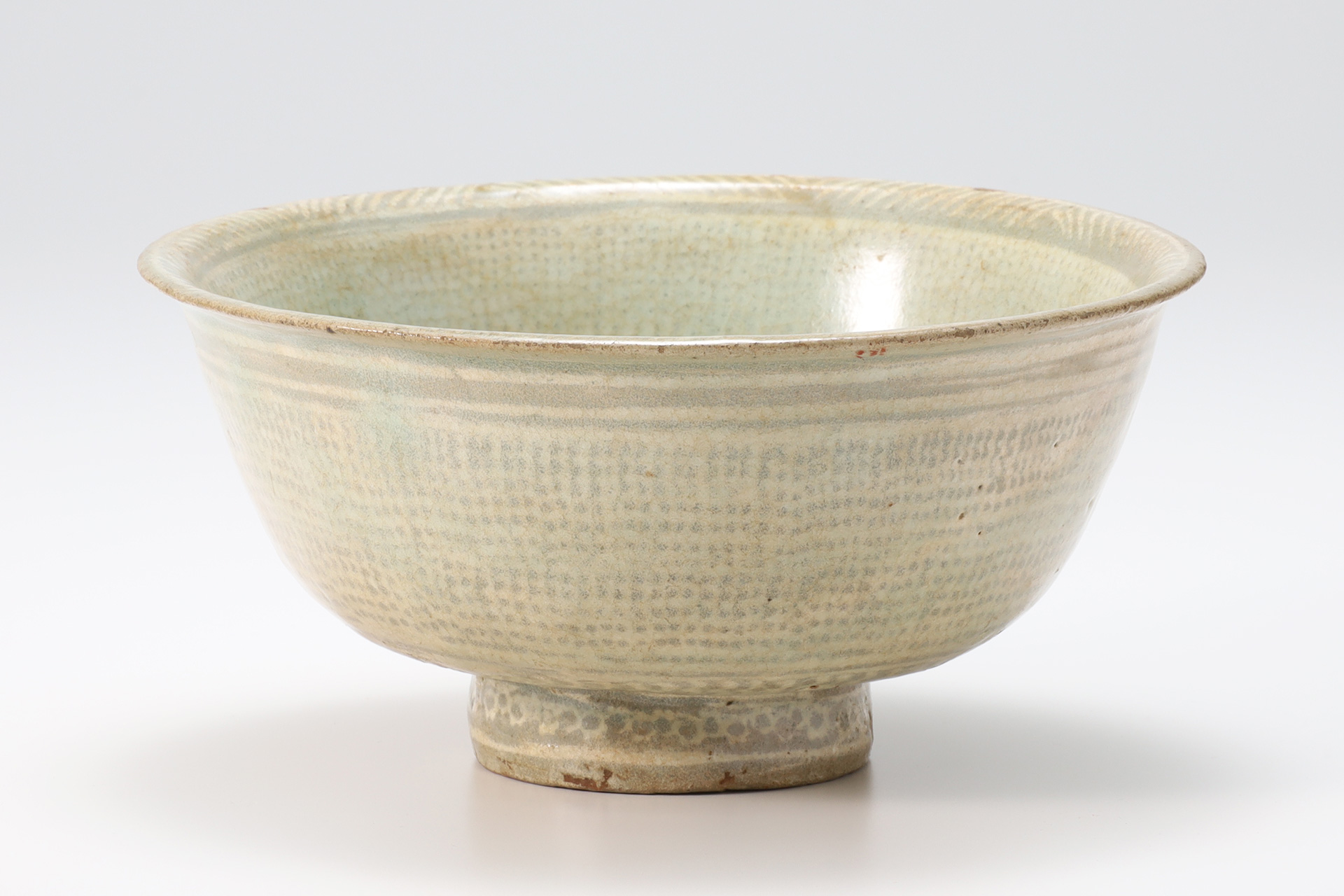
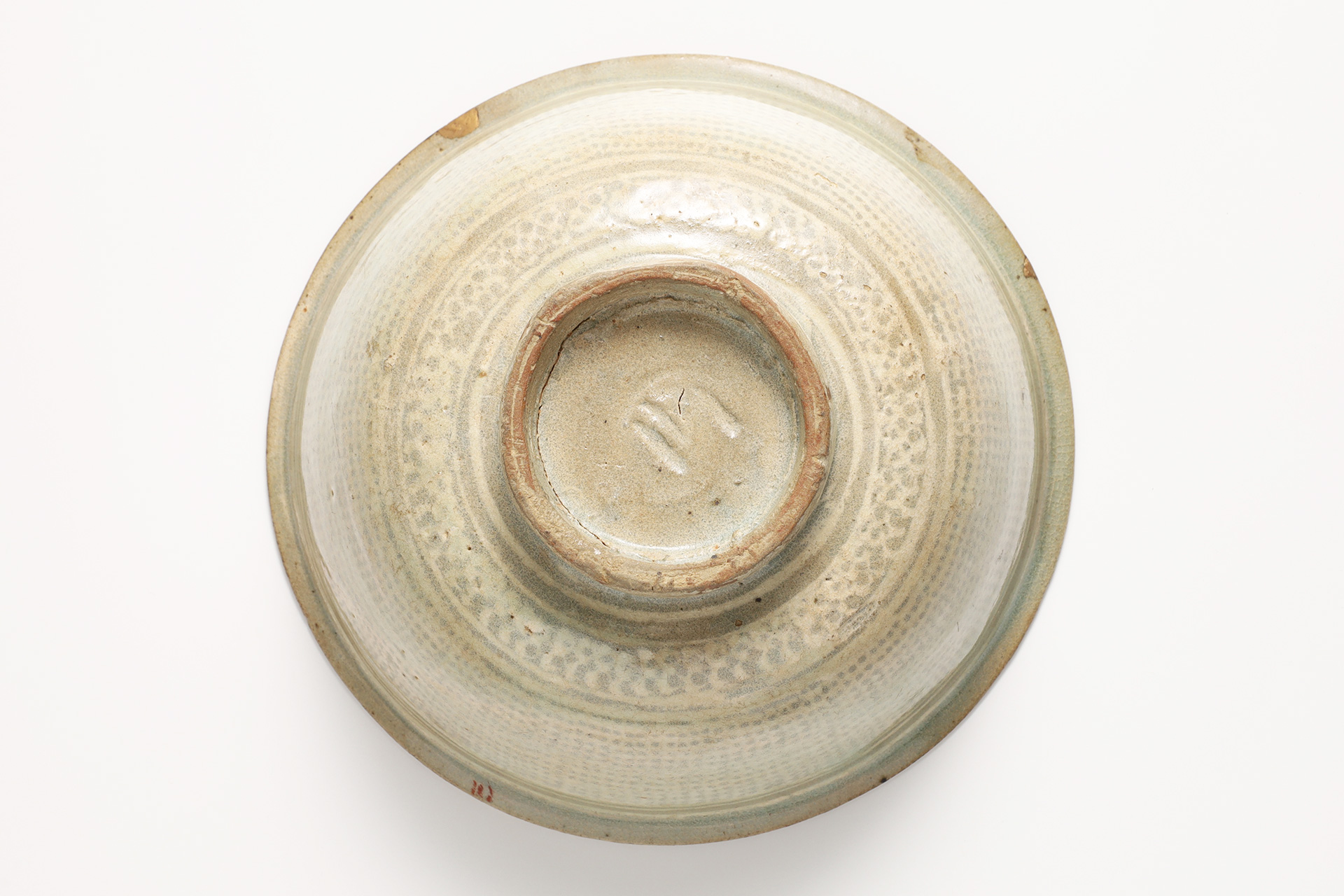
刷毛目
刷毛目とは鉄分の多い素地に刷毛で白泥を施し、
透明釉を掛けて焼成した粉青沙器です。
粗雑な素地を白磁のように美しく見せようと白化粧を行う際、
白泥の中にどっぷりと浸し掛けにすると水気が回って壊れ易くなる為、
刷毛で塗る方法が執られた事に始まったという説や、
作業工程を簡略化したという説等も知られています。
日本に将来された李朝の刷毛目茶碗は茶人間で珍重されました。
時代や装飾上の特徴から様々な名称が与えられ、
和物茶碗においても意匠化されました。
茶碗では平たい端反りの器形が多く見られます。
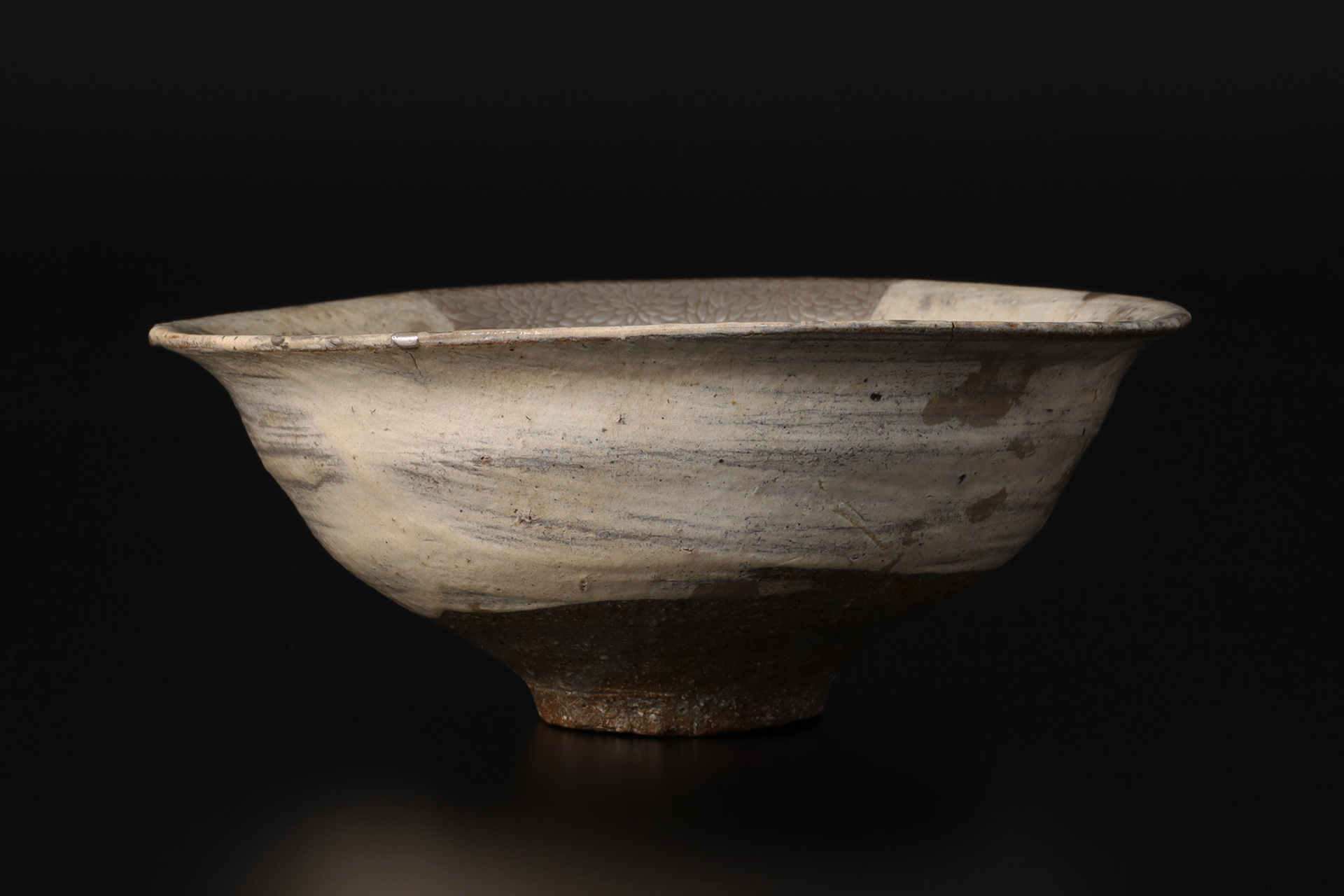
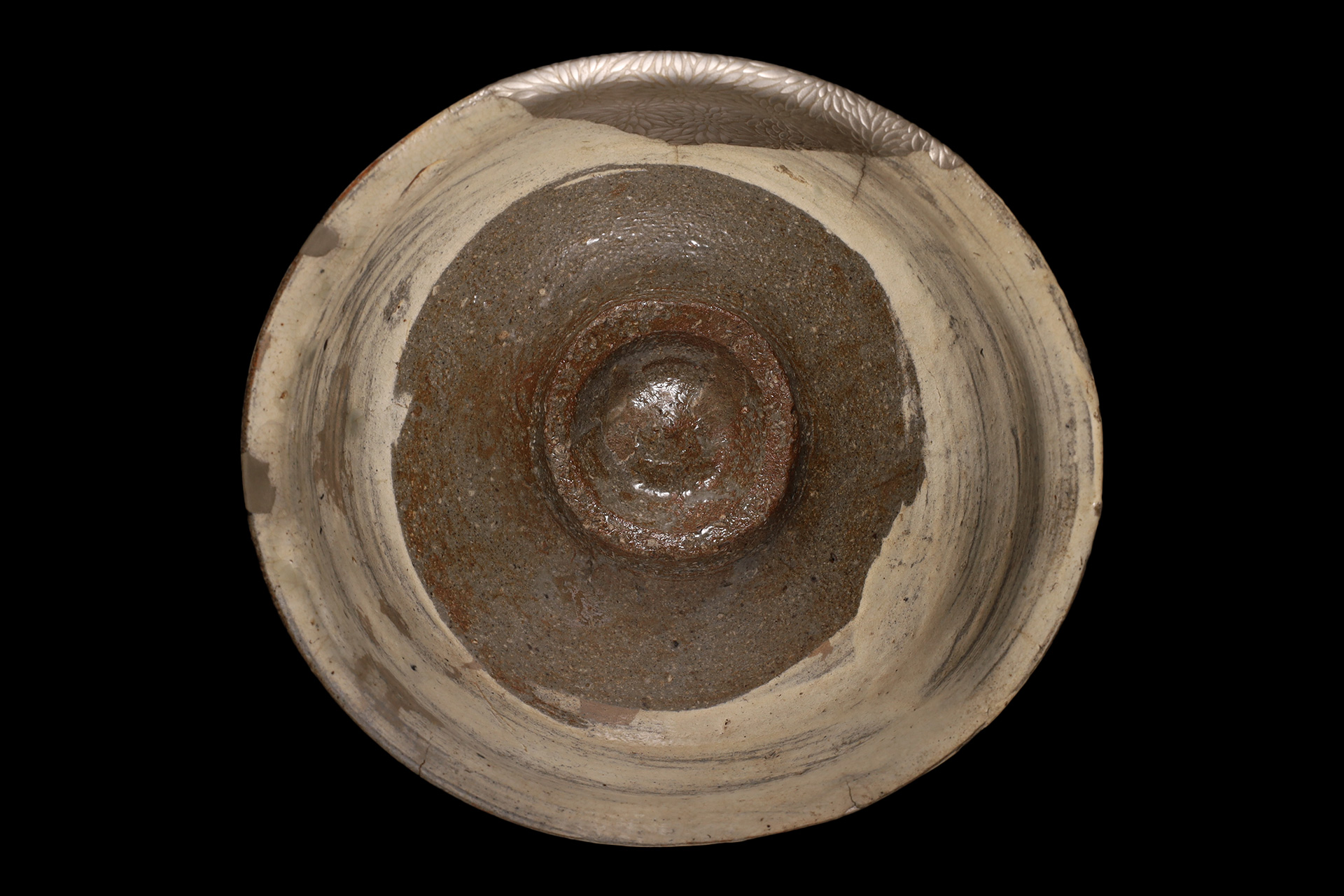
Muji-Hakeme
Muji-hakeme is a type of korean pottery made from a gray base with a high iron content, coated with white mud from the inside to the outside hem, then coated with a transparent glaze and fired. White mud is soaked in the same way as kohiki, and the name comes from the fact that no brush is used.
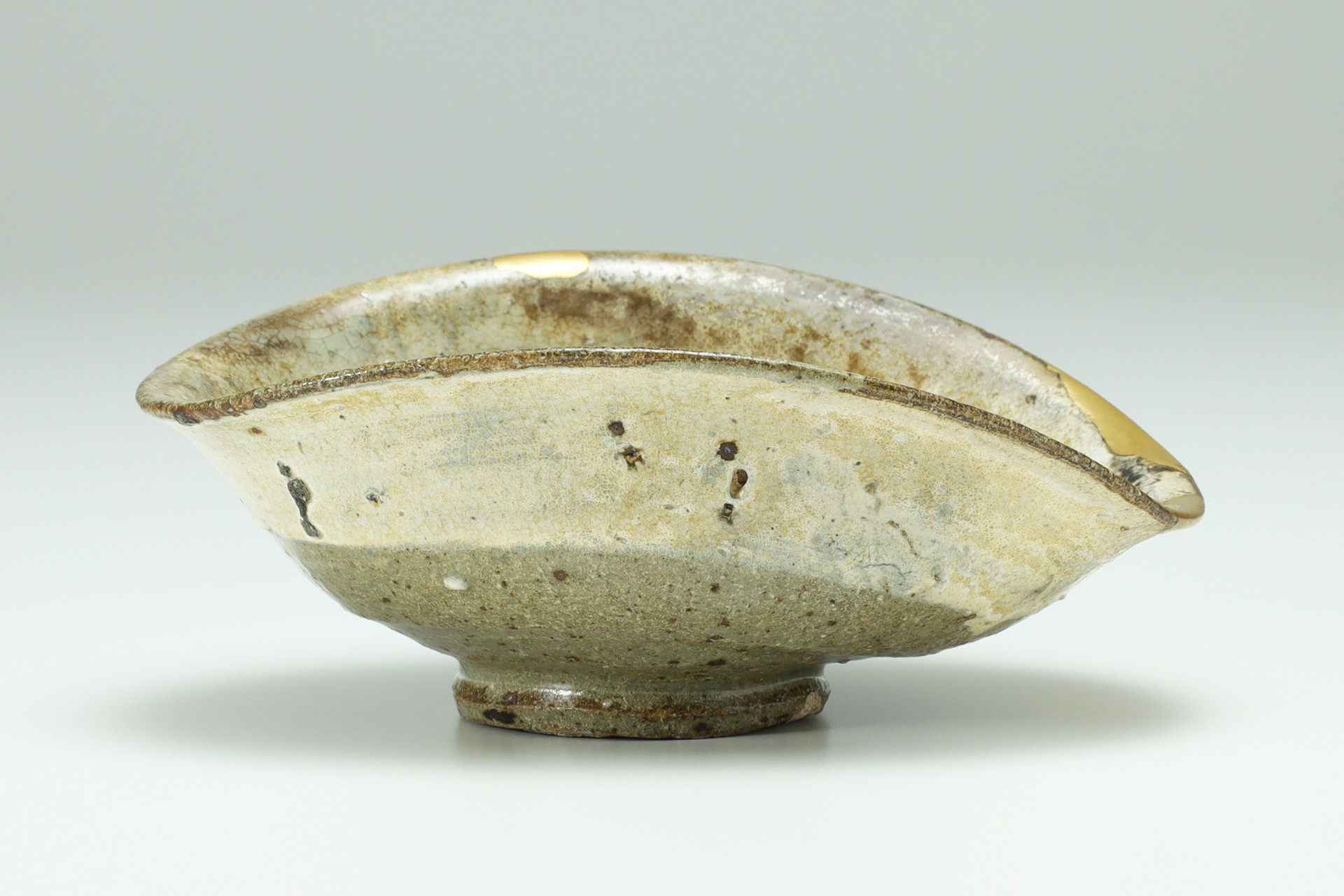
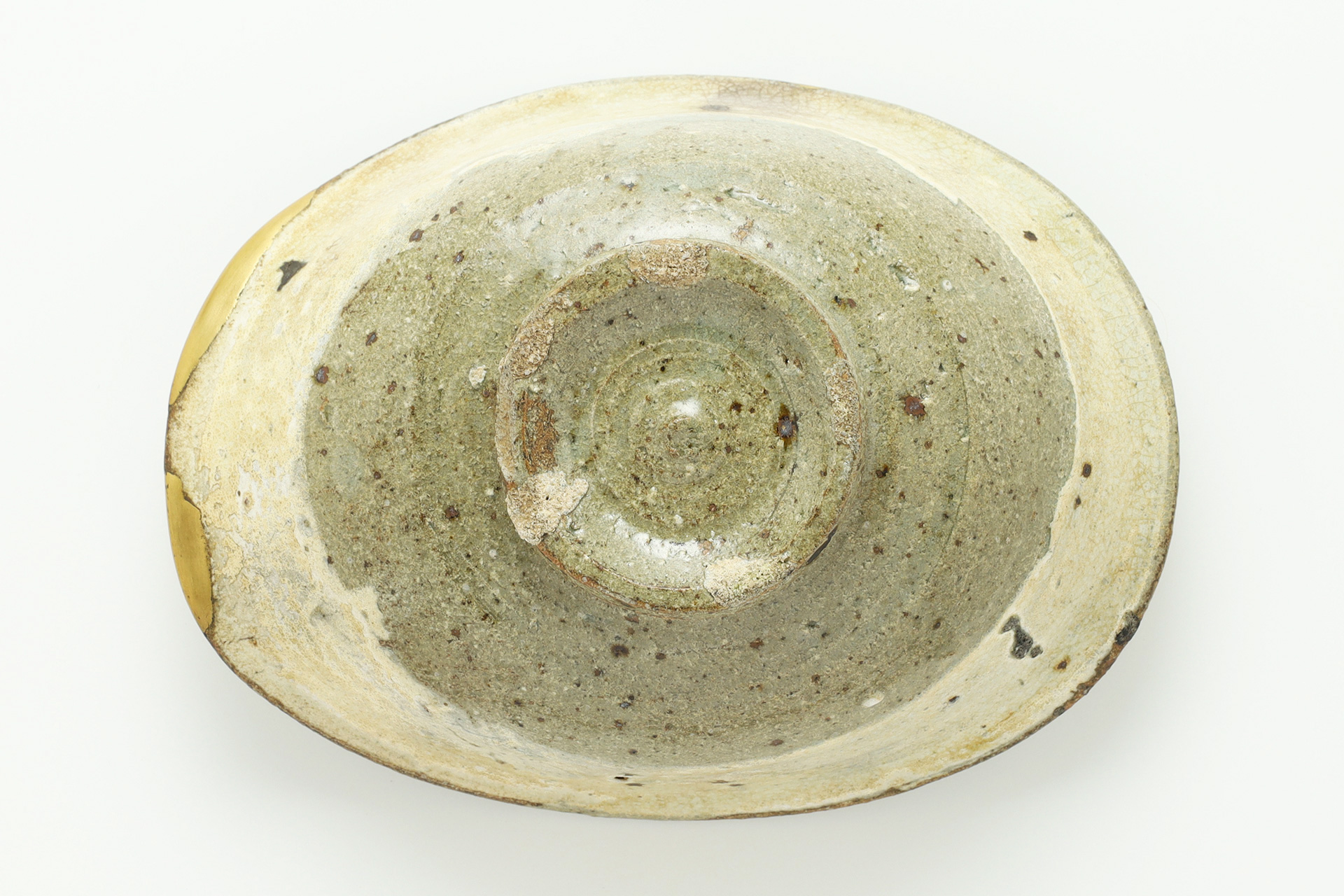
We sell and purchase Korean Antique
We have a physical shop in Hakata-ku, Fukuoka City, where we sell and purchase "Korean Antique" works. Drawing on a long career and rich experience in dealing, we promise to provide the finest service in the best interests of our customers. With the main goal of pleasing our customers, we will serve you with the utmost sincerity and responsibility until we close the deal.
